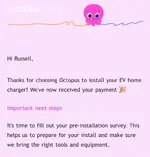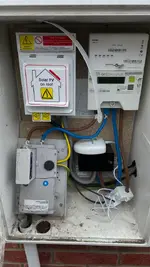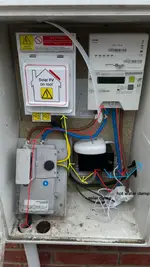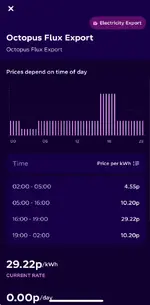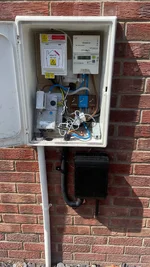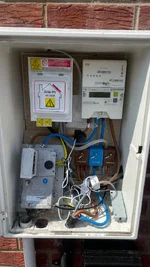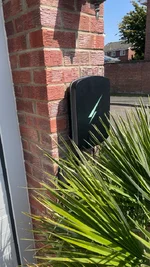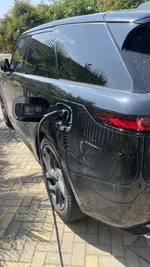The octopus go intelligent is still 7p, 11.30 to 5.30, but they only support a small handful of chargers. We have no plans on moving and most likely will get more electric cars in the future so probably not a bad investment.
The car is 31kw according to octopus and it’s a big heavy car so you only get 70 miles max in pure electric Lolol but for what I will need it for that will be ok.
Leaning towards octopus go intelligent at the moment…
With this charger
The car is 31kw according to octopus and it’s a big heavy car so you only get 70 miles max in pure electric Lolol but for what I will need it for that will be ok.
Leaning towards octopus go intelligent at the moment…
With this charger
Hypervolt Home 3 Pro
As supports solar + battery setup correctly. Use cheap rate over winter to charge solar batteries.
Last edited:

